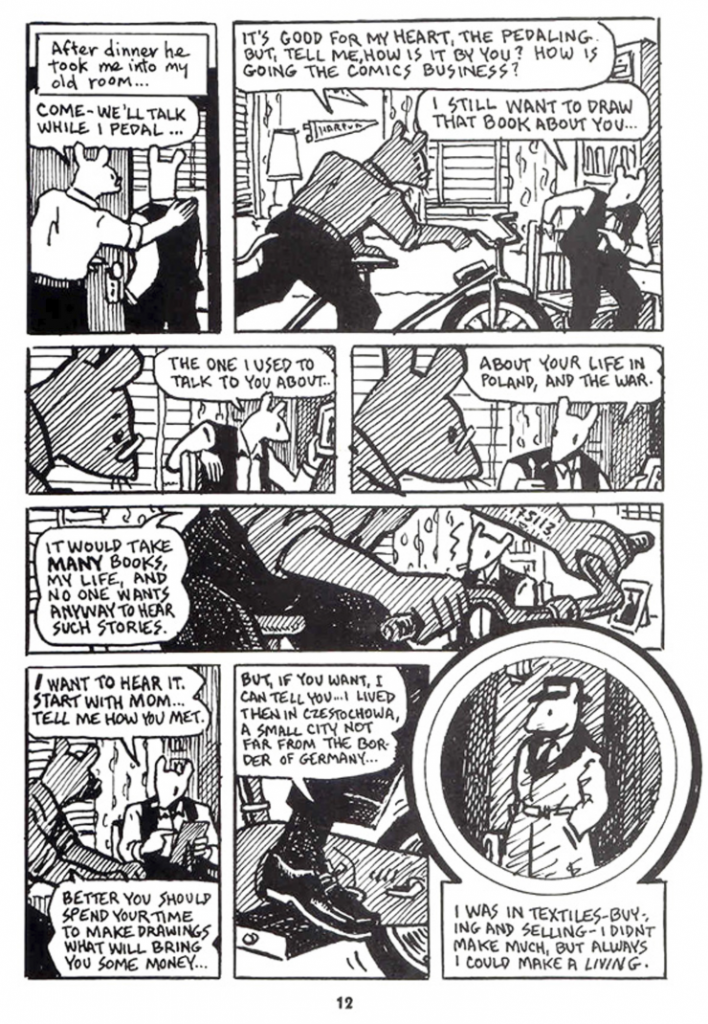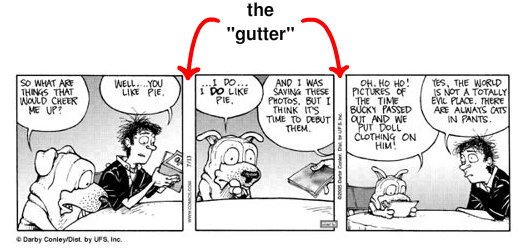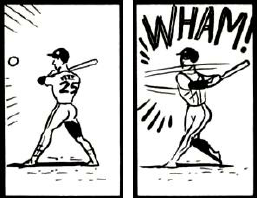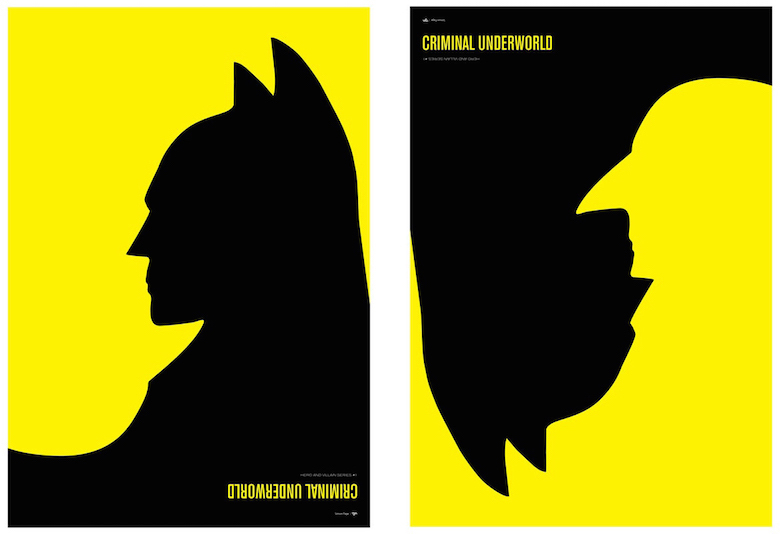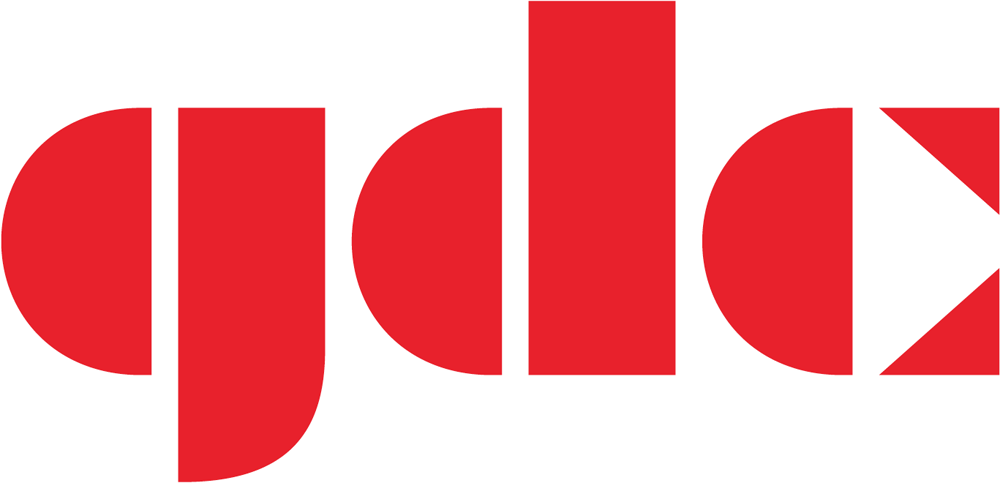I have been drawing for as long as I can remember. I’ve used everything from crayons, watercolours and pastels to sand, vegetable juice and loose threads. The unpredictable nature of traditional mediums has yet to be perfectly replicated digitally. The spontaneity, texture and process of working hands-on are unparalleled. The process of working hands-on allows for a multi-sensory experience that leads me to appreciate the final product. However, it is time-consuming and there is little room for error. Working hands-on will always be part of me and I have always tried to integrate physical materials in my work.
That being said, working digitally has its fair share of benefits. First of all, it is what the design industry uses. As my career goal is to become a graphic designer, it is a requirement to be comfortable working digitally. Second, working digitally opens up infinite possibilities when it comes to look, colour, style and size. Lastly, digital work be edited easily, which means more room for mistakes! However, I only recently started working digitally. While I have become pretty comfortable with the process, I have to constantly learn new tools in order to keep up with the software being used. This can be tiring and leaves me longing for a pen and paper to scrawl on. Also, certain effects cannot be replicated digitally. For example, the irregular flow of inks and watercolours has yet to be replicated perfectly on digital painting programs. Though this does not diminish the endless possibilities that digital mediums provide.
In conclusion, I will always appreciate working both hands-on and digitally. I will most likely continue using both for my work.


